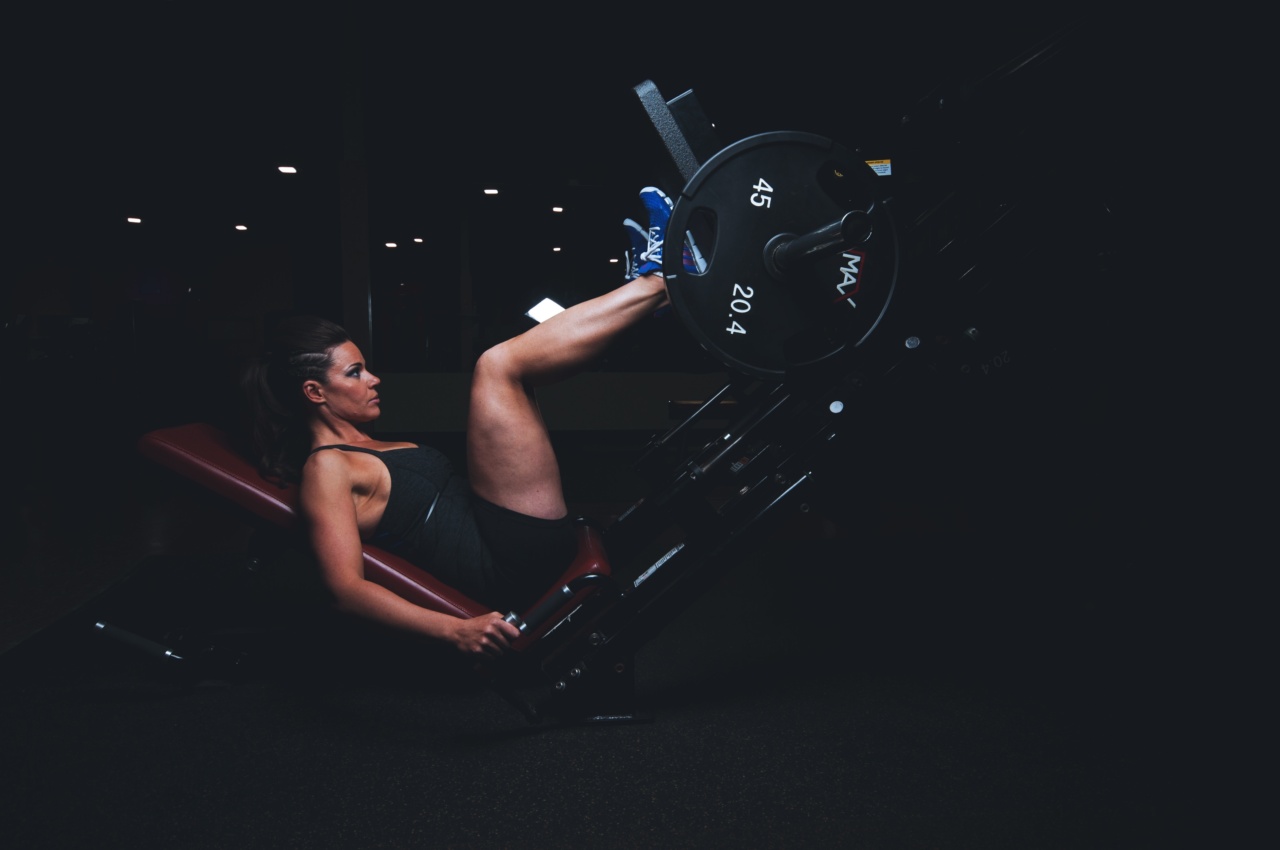Sweating is a natural bodily function that helps regulate body temperature and flush out toxins. However, there are many myths surrounding sweat and its effects on our bodies.
In this article, we aim to debunk some common sweat myths and shed light on the truth behind them.
Myth 1: Sweating is a Sign of Being Out of Shape
One of the most common misconceptions about sweat is that it is an indication of poor fitness. In reality, sweating has more to do with your body’s ability to regulate temperature rather than your level of fitness.
Fit individuals may even sweat more efficiently than those who are less active.
Myth 2: Sweating Helps You Lose Weight
While it is true that you might lose some water weight through sweating, these losses are temporary and quickly replenished upon rehydration. Sweating alone does not contribute to fat or weight loss.
Instead, it is important to focus on a balanced diet and regular exercise for long-term weight management.
Myth 3: Sweat Smells Bad
This myth is partially true. Sweat itself is odorless, but when it comes into contact with bacteria on the skin’s surface, it can develop an unpleasant smell.
Regular showering and practicing good hygiene can help reduce body odor associated with sweat.
Myth 4: Sweating Can Clear Acne
While sweating can open up pores temporarily, it does not directly clear acne. In fact, excessive sweating can lead to clogged pores if not properly cleansed.
To effectively tackle acne, it is essential to establish a proper skincare regimen that includes cleansing, exfoliating, and using suitable acne-fighting products.
Myth 5: Sweating Only Occurs During Exercise
Although sweating is commonly associated with physical activity, it can happen in various situations. Sweating can be triggered by heat, hormones, anxiety, or stress. Different individuals may also have different sweat responses based on their genetics.
Myth 6: Sweat Is Purely Composed of Toxins
Although sweat does help eliminate some toxins from the body, it is not the primary excretory mechanism for detoxification. The liver and kidneys play more substantial roles in removing toxins.
Sweat primarily consists of water and electrolytes, with only a small amount of toxins being excreted.
Myth 7: Sweat Can Help Prevent Illness
While regular exercise can boost the immune system and help prevent certain diseases, sweating alone does not provide direct protection against illnesses.
Maintaining good overall health through a balanced lifestyle, including exercise, proper nutrition, and adequate sleep, is key for preventing illnesses.
Myth 8: Clear Sweat is Healthier than Cloudy Sweat
It is a myth that clear sweat is healthier compared to cloudy or milky sweat. The opacity of sweat is not indicative of its healthiness. Cloudy sweat may simply be a result of the concentration of sweat and the minerals present.
Factors like hydration levels, diet, and overall health have a more significant impact on sweat appearance.
Myth 9: Sweat Is Gender Dependent
There is a common misconception that men sweat more than women. However, sweat production is not solely dependent on gender. Individual factors, including fitness level, body composition, and external conditions, influence the amount and rate of sweating.
There is no inherent gender-based difference in sweat production.
Conclusion
Sweating is a natural bodily process that helps regulate body temperature and maintain overall health. While there are many myths surrounding sweat, it is important to differentiate between fact and fiction.
Understanding the truth about sweat can help dispel misconceptions and lead to a better understanding of our bodies.































